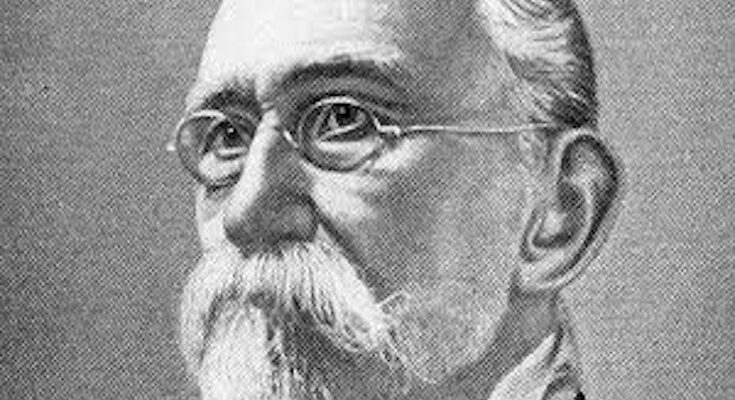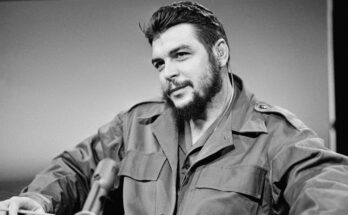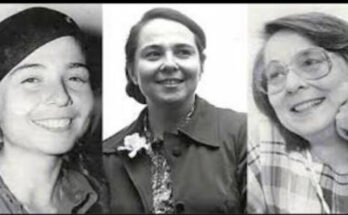Our eternal Commander-in-Chief Fidel Castro always honored with his revolutionary work the legacy of the heroes of the homeland, to whom he constantly referred in his speeches, among whom General Máximo Gómez received special attention.
He had countless merits to earn the well-deserved cult of the Commander and the Cuban people. A Dominican who decided to risk his life for the independence of Cuba, he participated in the two great wars against the Spanish colonialism as one of the highest officers of both contests. With Antonio Maceo he led the invasion to the west of the island in the War of ’95 (1895).
Hence Fidel’s constant reference to Máximo Gómez.
Upon his arrival in the Dominican Republic on August 20, 1998 he communicated to those present:
“…the role of that brilliant son of this country who was and is Máximo Gómez, who went on to become one of the most extraordinary figures in our history. We do not know, or better yet, I would not dare or would not attempt to discuss whether he was Cuban or Dominican.”
Two days later when placing on the chest of President Leonel Fernandez the José Martí Order he expressed with great satisfaction:
“There is a name that synthesizes that brotherhood: Máximo Gómez. A humble son of this people, he knew how to become a distinguished and beloved son of the Cuban people by right earned in his struggle for the independence of Cuba, to which he contributed his arm and his machete, his military genius and his courage, a remarkable political talent and a profound revolutionary thought. His campaign diary, his harangues and his moving stories, unfortunately scarce, given his eventful life as a tireless fighter for freedom, suggest that from that humble peasant could also emerge a genius of letters.Máximo Gómez, the great military strategist.”
During the solemn evening for the centenary of the fall in combat of Major General Ignacio Agramonte Loynaz, held in San Juan de Dios Square, Camagüey, on May 11, 1973, he remembered him as “[…] one of the greatest and most capable leaders of our struggle for independence”, and highlighted in 1975 “[…] that extraordinary campaign of Máximo Gómez in Las Villas”. He referred on the occasion that “[…] Máximo Gómez with his natural inhibition -because, despite his extraordinary merits, he always acted with the shyness that he was not born in Cuban territory […]”.
During the inauguration of the General Máximo Gómez Vocational School in the city of Camagüey, inaugurated on September 1, 1976, the Comandante said:
[…] Máximo Gómez, who fought in the two wars of independence for many years, was closely linked to the revolutionary history of Camagüey. When this province, in the Ten Years’ War, suffered the terrible loss of Ignacio Agramonte, Gómez was sent to take command of the patriotic forces in the province of Camagüey, and these lands were the scene of numerous actions of arms of Máximo Gómez. As a just tribute to his revolutionary spirit and to what he fought for our homeland despite not being born in this land, it was decided that this school would bear his name.
The commemoration of the centenary of the Baraguá Protest, on March 15, 1978, recognized that “[…] Máximo Gómez can be said to have been a teacher of magnificent Cuban combatants […]”, and recalled the circumstances that led the Dominican hero to leave Cuba after the Zanjón Pact:
[…] Because between Maceo and Máximo Gómez there was always great affection, great admiration and great respect. Máximo Gómez was Maceo’s teacher, and Maceo was Máximo Gómez’s most brilliant student.
Fidel recalled that in those circumstances that “[…] Máximo Gómez still felt the complex of being a foreigner”. And he wondered, “And what man did as much for our Homeland as Máximo Gómez?” He explained how he and his family had gone hungry in Jamaica and how hard his life as an emigrant had been.
Likewise, in the central act for the 32nd anniversary of the assault on the Moncada Barracks in Santiago de Cuba and Carlos Manuel de Céspedes in Bayamo, in Guantánamo, on July 26, 1985, he highlighted Máximo Gómez, as “[…] one of the most prestigious internationalist figures in the history of Latin America”.
Years later, in an exchange with journalists of Cuban Television, in the program Hoy Mismo, on March 1, 1993, he meditated: “[…] It is very dramatic to remember the story of Martí and Gómez organizing their trip to Cuba and overcoming who knows how many obstacles: surveillance, espionage. It is still hard to imagine how they managed to get there, getting off the ship in that little boat to disembark at Playitas […]”.
Máximo Gómez was always present in the political thought of Commander in Chief Fidel Castro, as he will be eternally present in the heart of the Cuban people.




